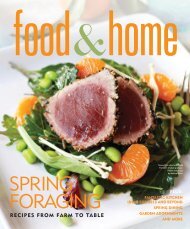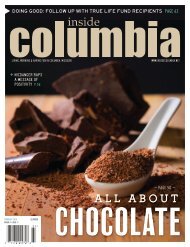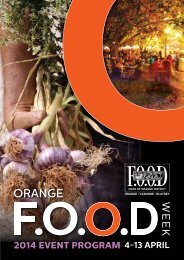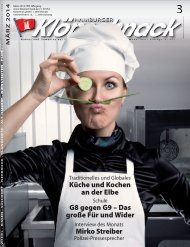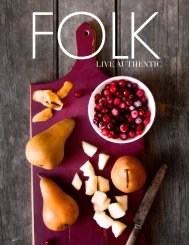CHAMPAGNE
Translation : Florence Brutton — Crédits photos : Couverture : Jean-Philippe Baltel/Sipa Press – Pages 4 et 5 : Michel Guillard, Carte Empreinte Studio – Pages 6 et 7 : Fulvio Roiter, Philippe Maille, Michel Guillard, Olivier Frimat, Visuel Impact – Pages 8 et 9 : CIVC, Yvon Monet – Pages 10 et 11 : Michel Guillard, Alain Cornu – Pages 12 et 13 : CIVC, Frédéric Hadengue – Pages 14 et 15 : CIVC, Michel Guillard, John Hodder – Pages 16 et 17 : John Hodder, Jean-Philippe Kahn, dessins INAO – Pages 18 et 19 : CIVC, John Hodder, Alain Cornu – Pages 20 et 21 : John Hodder, Fulvio Roiter – Pages 22 et 23 : John Hodder, Alain Cornu, schéma CIVC – Pages 24 et 25 : Alain Cornu – Rohrscheid – Pages 26 et 27 : Alain Cornu, Gérard Rondeau – Pages 28 et 29 : Hervé Chevron, Alain Cornu, Patrick Guérin – Pages 30 et 31 : Alain Cornu, Michel Guillard, Rohrscheid – Pages 32 et 33 : Alain Cornu, Philippe Maille, Piper Heidsieck – Pages 34 et 35 : Alain Cornu, Huyghens-Danrigal, Kumasegawa – Pages 36 et 37 : Visuel Impact, Eric Cuvillier/Jacques de Marcillac • Création graphique, mise en page et impression : EMPREINTE Studio à Epernay • Imprimé en France en février 2010 pour le Comité Interprofessionnel du Vin de Champagne. Tous droits réservés © CIVC.
Translation : Florence Brutton — Crédits photos : Couverture : Jean-Philippe Baltel/Sipa Press – Pages 4 et 5 : Michel Guillard, Carte Empreinte Studio – Pages 6 et 7 : Fulvio Roiter, Philippe Maille, Michel Guillard, Olivier Frimat, Visuel Impact –
Pages 8 et 9 : CIVC, Yvon Monet – Pages 10 et 11 : Michel Guillard, Alain Cornu – Pages 12 et 13 : CIVC, Frédéric Hadengue – Pages 14 et 15 : CIVC, Michel Guillard, John Hodder – Pages 16 et 17 : John Hodder, Jean-Philippe Kahn, dessins INAO – Pages 18
et 19 : CIVC, John Hodder, Alain Cornu – Pages 20 et 21 : John Hodder, Fulvio Roiter – Pages 22 et 23 : John Hodder, Alain Cornu, schéma CIVC – Pages 24 et 25 : Alain Cornu – Rohrscheid – Pages 26 et 27 : Alain Cornu, Gérard Rondeau – Pages 28 et 29 :
Hervé Chevron, Alain Cornu, Patrick Guérin – Pages 30 et 31 : Alain Cornu, Michel Guillard, Rohrscheid – Pages 32 et 33 : Alain Cornu, Philippe Maille, Piper Heidsieck – Pages 34 et 35 : Alain Cornu, Huyghens-Danrigal, Kumasegawa – Pages 36 et 37 : Visuel
Impact, Eric Cuvillier/Jacques de Marcillac • Création graphique, mise en page et impression : EMPREINTE Studio à Epernay • Imprimé en France en février 2010 pour le Comité Interprofessionnel du Vin de Champagne. Tous droits réservés © CIVC.
You also want an ePaper? Increase the reach of your titles
YUMPU automatically turns print PDFs into web optimized ePapers that Google loves.
8<br />
Soil and subsoil<br />
A chalk pit in Reims<br />
Soil and<br />
subsoil<br />
Chalky subsoil<br />
The subsoil in Champagne is predominantly<br />
limestone. Outcropping sediments are likewise<br />
composed of 75% limestone (chalk, marl and<br />
limestone proper). This type of terrain provides<br />
good drainage and also explains why certain<br />
Champagne wines have a distinctly mineral taste.<br />
Champagne’s extensive chalk deposits show as outcrops in the vineyard<br />
areas of the Côte des Blancs, Côte de Sézanne and Vitry-le-François, but are<br />
buried deep underground on the Montagne de Reims. Elsewhere, chalky soils<br />
give way to a greater proportion of marls, clays and sands, in the Vallée de la<br />
Marne (to the west of Châtillon-sur-Marne) and in the hills surrounding Reims<br />
(Saint-Thierry, Vallée de l’Ardre and Montagne ouest). Marls essentially take<br />
over in the Côte des Bar vineyards (Bar-sur-Aube and Bar-sur-Seine).<br />
The chalk in Champagne consists of calcite granules that are formed from<br />
the skeletal plates of coccolithopores (marine phytoplankton), and is<br />
characterized by the presence of belemnite fossils (marine invertebrates<br />
of the Mesozoic era). Being highly porous, chalk acts as a natural reservoir<br />
(holding 300 to 400 litres of water per m3), providing the vines with just<br />
enough water even in the driest summers.<br />
Chalk draws in water through capillary action. The effort required to tap<br />
into this water supply puts the vines under just enough water stress in the<br />
growing season to achieve that delicate balance of ripeness, acidity and berry<br />
aroma potential.




